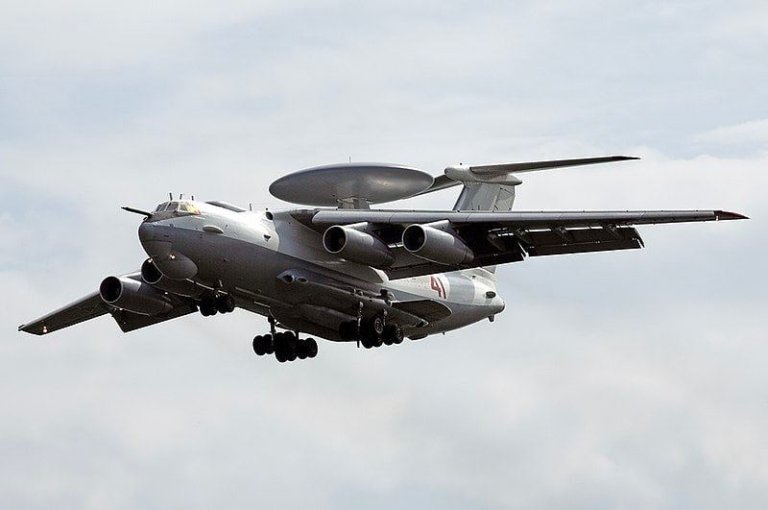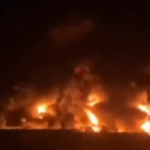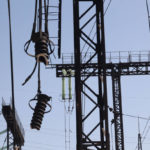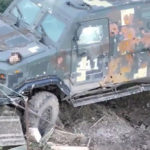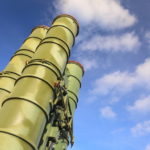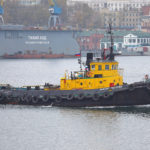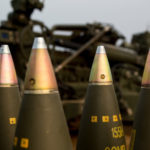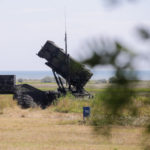On January 14, Ukrainian military, presumably, shot down a Russian rare long-range airborne early warning and control aircraft A-50 over the Azov Sea. Additionally, they managed to bring down another enemy aircraft.
This was reported by People’s Deputy from the Servant of the People party, Yuriy Misyagin.
According to preliminary data, the Ukrainian Air Defense Forces noted that they managed to shoot down the Russian military aircraft A-50 and damage the Il-22M11, with the registration number 75106. The aircraft were shot down over the Azov Sea.
It is reported that the A-50 aircraft was shot down immediately after it took off for patrol duty in the Kirillovka area around 21:10-21:15. The aircraft disappeared from radar and stopped responding to tactical aviation queries, later the pilot of the Su-30 aircraft of the Russian Aerospace Forces observed fire and the fall of an unidentified aircraft.
The Il-22M11 aircraft was on patrol duty in the Strilkove area. It was later shot down along the Azov Sea coast around 21:00. After being hit, the aircraft planned to land in Anapa, requested evacuation, and called for “ambulance” and fire trucks.
About the Aircraft: A-50 – a long-range airborne early warning and control aircraft created based on the military transport aircraft Il-76. During the Soviet era, the aircraft was supposed to become the equivalent of Western AWACS aircraft. The A-50 is literally the “eyes” of the Russian military as it conducts reconnaissance, provides target designation to Russian fighters, and guides missiles. The cost of one aircraft is over $330 million USD. Il-22M – an airborne protected command post, as well as a radio technical reconnaissance aircraft created during the Soviet era based on the long-range aviation passenger aircraft Il-18. At the beginning of the Russian invasion, Russian terrorists had 12 such aircraft (out of 33 produced during the Soviet era). One Il-22M was shot down by “Wagner” mercenaries during the Prigozhin coup in June 2023. Both aircraft models are no longer produced in Russia as of 2024.
Photo: Getty Images
